DOI: 10.5176/2382-5650_CCS17.41
Authors: David Hamidović
Abstract:
Bruce Zuckerman, one of the leading scholar and technologist in ancient inscriptions, published an article in 2010 named “The Dynamics of Change in the Computer Imaging of the Dead Sea Scrolls and Other Ancient Inscriptions”.1 He reviewed his series of publications from the late 1990s evaluating the state of art for new pictures of the Dead Sea Scrolls and other ancient inscriptions. He wrote: “What strikes me about all these studies, as I review them today, is how quickly they have gone completely out of date.” Such a view is hard to hear in scholarship where the practice is to look for securing the primary data, especially the reading of new manuscripts and inscriptions. But Zuckerman, by his experience, may be the best to evaluate the impact of digital technologies in research fields. It means these new tools and software applications should not be a fashion way to produce knowledge. The goal of this new technology is not to make more publications in books and articles with pasting and cutting, zooming and new imaging filters functions, but to give new results of research as new decipherment, new (physical and/or textual) joint between fragments, and new reconstruction of manuscripts, for example. One major problem with the new technology is the speed of innovation in comparison with the slow, patient and methodic work of scholars. Indeed a new piece of hardware becomes available as a more powerful processor and a better digital camera; the same is true for the new software applications allowing a better viewing of a manuscript or inscription, a better filtering and refining an image, a better connection with other databases with metadata, etc. Therefore the toolbox of the scholar, including for the born-digital one, is always in the process of actualization and he/she needs to dedicate time to receive information on the newly available digital tools. Otherwise, there is a risk of losing information or missing new data, but the main risk is not this one, to our mind, it is rather to miss the methodological impact behind the use of these new tools. Thus, the profusion of new articles based on new pictures produced by new digitization and new imaging software applications is primarily a good sign according to this way. We propose to examine and evaluate interest and limits of these new practices for the knowledge of the Dead Sea Scrolls.
Keywords:
 Updating...
Updating... 
